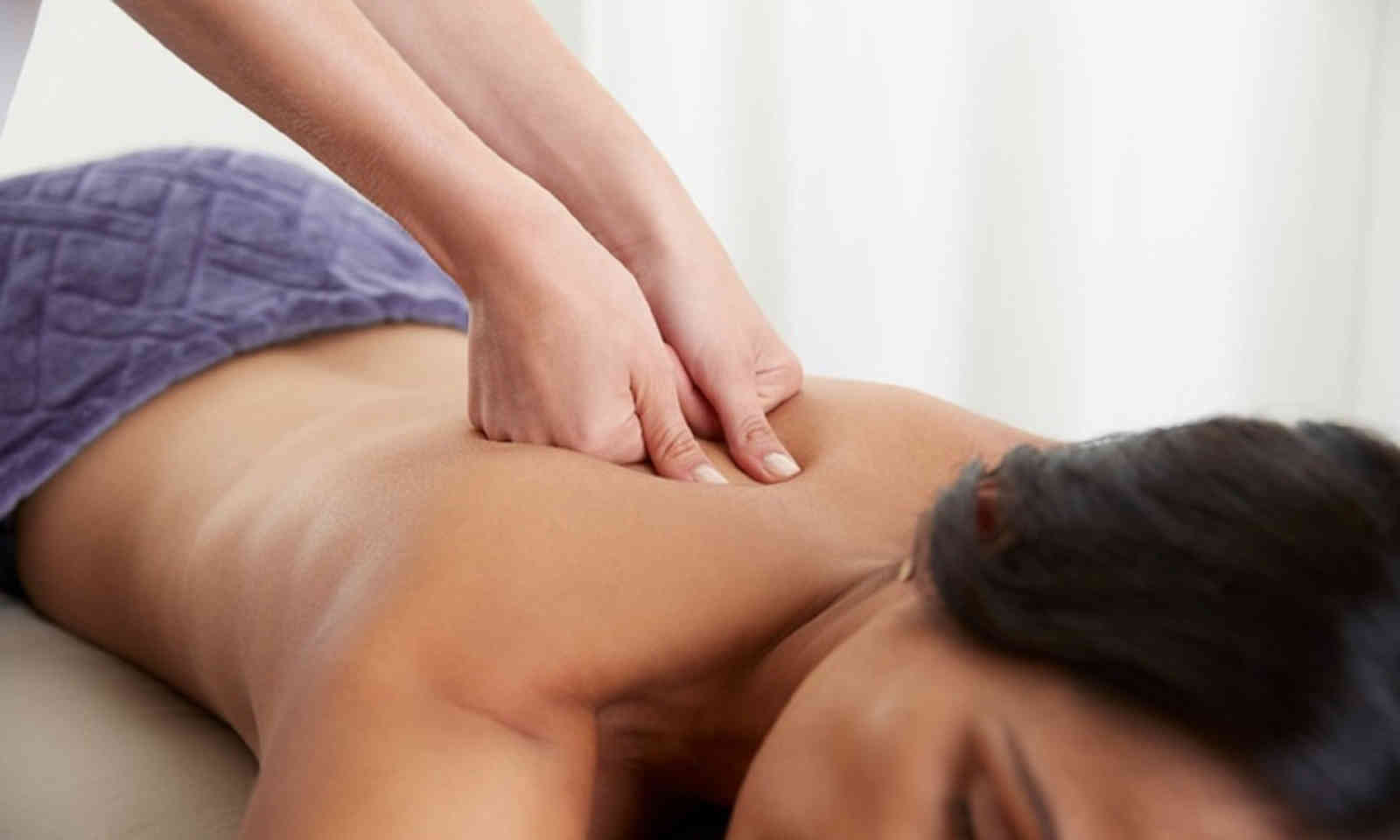
3 Best Massages For Workout Recovery
Massage therapy is capable of starting all sorts of positive chain reactions in your body. Its techniques generally focus on keeping your muscles and joints strong and healthy. You learn these techniques from an online massage therapy school training course.
That’s why it’s a well-established practice in sports recovery and performance. Here are a few massage types that can help you bounce back from even the most intense workouts.
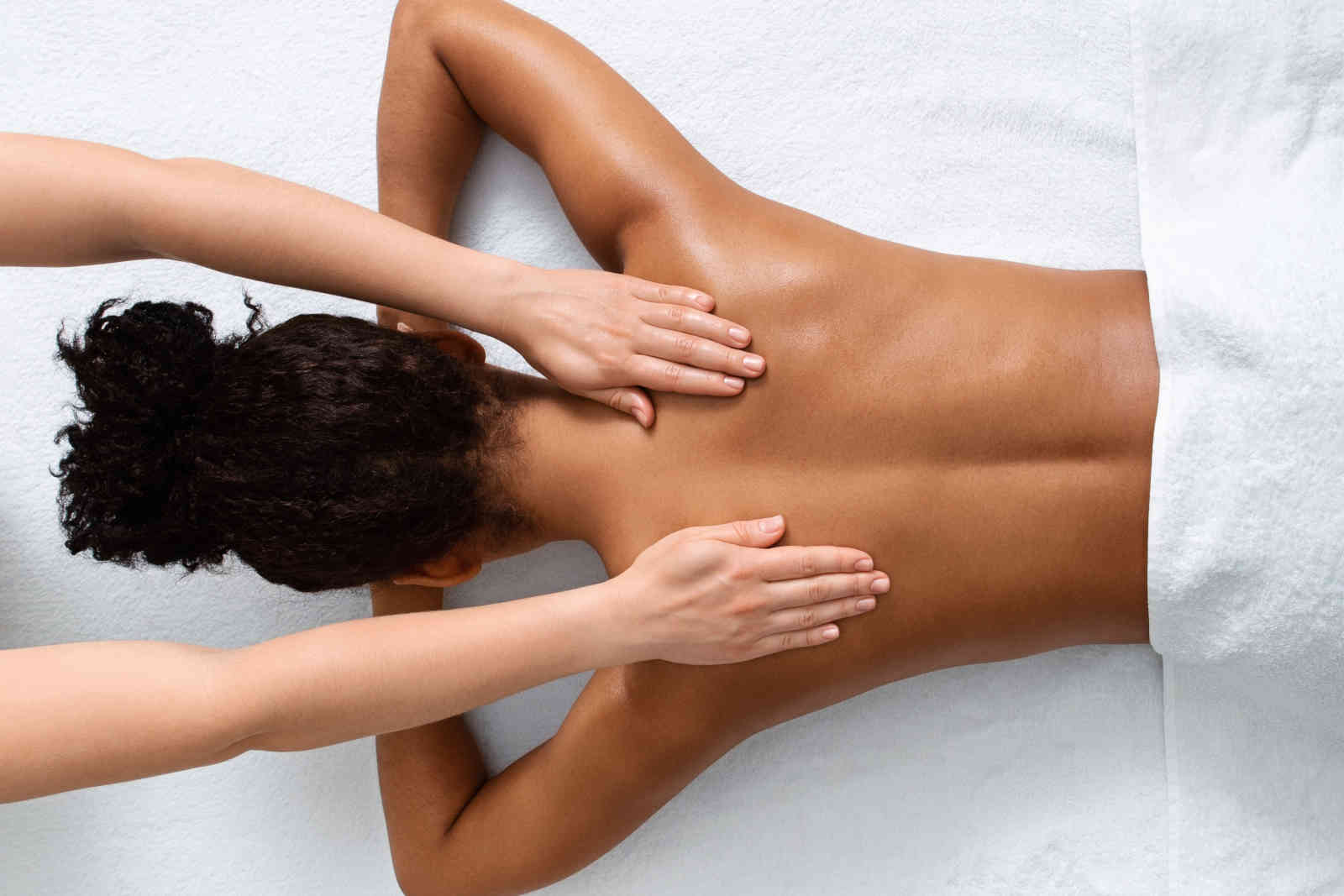
Swedish Massage
Swedish massage is one of the most popular traditional massage techniques. It’s soothing and relatively gentle, making it easy to justify getting one. Its main objectives are to ease muscle tension and bring feelings of relaxation. This makes Swedish massage an excellent option for the following situations:
- Muscle pain right after workouts
- Mild muscle fatigue
- Any other acute muscle pain
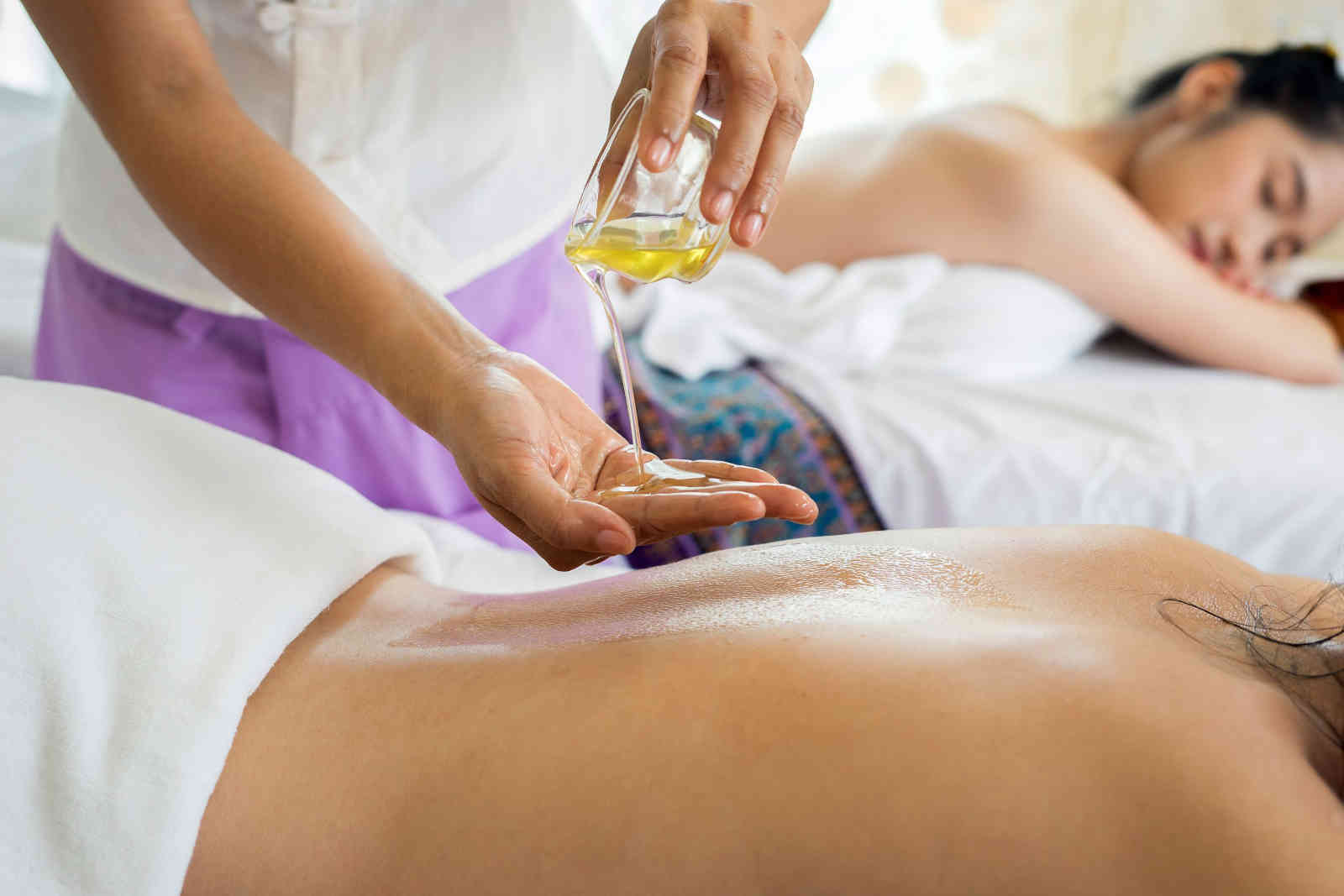
It’s a full-body massage that starts at a low intensity, progressing slightly towards the end. Here are a few basic techniques you can expect during each session:
- Effleurage – flowing movements that glide over your muscles, relaxing the upper layers of your soft tissue.
- Petrissage – this refers to a series of rolling, squeezing, and kneading movements that usually come after effleurage.
- Tapotement – this technique brings a percussive element to the massage. The tapping movements can be done using cupped hands, fingers, or the sides of the palm.
- Friction – this involves firmly gripping at your muscles and rubbing them against each other. This helps reshape any scar tissue and increase blood flow.
Deep Tissue Massage
It’s somewhat based on the Swedish massage, but with techniques that are specialized to go deeper into your muscles. And unlike most traditional massages, the deep tissue massage may not always be a full-body treatment. It’s certainly not subtle, and it involves plenty of real-time feedback as it pushes the limits of your comfort.
What this does is stimulate the deepest layers of your muscles and the connective tissue beneath them. This results in an increase in blood flow and relief of stubborn bouts of muscle tension. That said, deep tissue massages are great for:
- Relieving muscle knots
- Minimizing/preventing symptoms of DOMS
- Relieving chronic pain and symptoms of some injuries
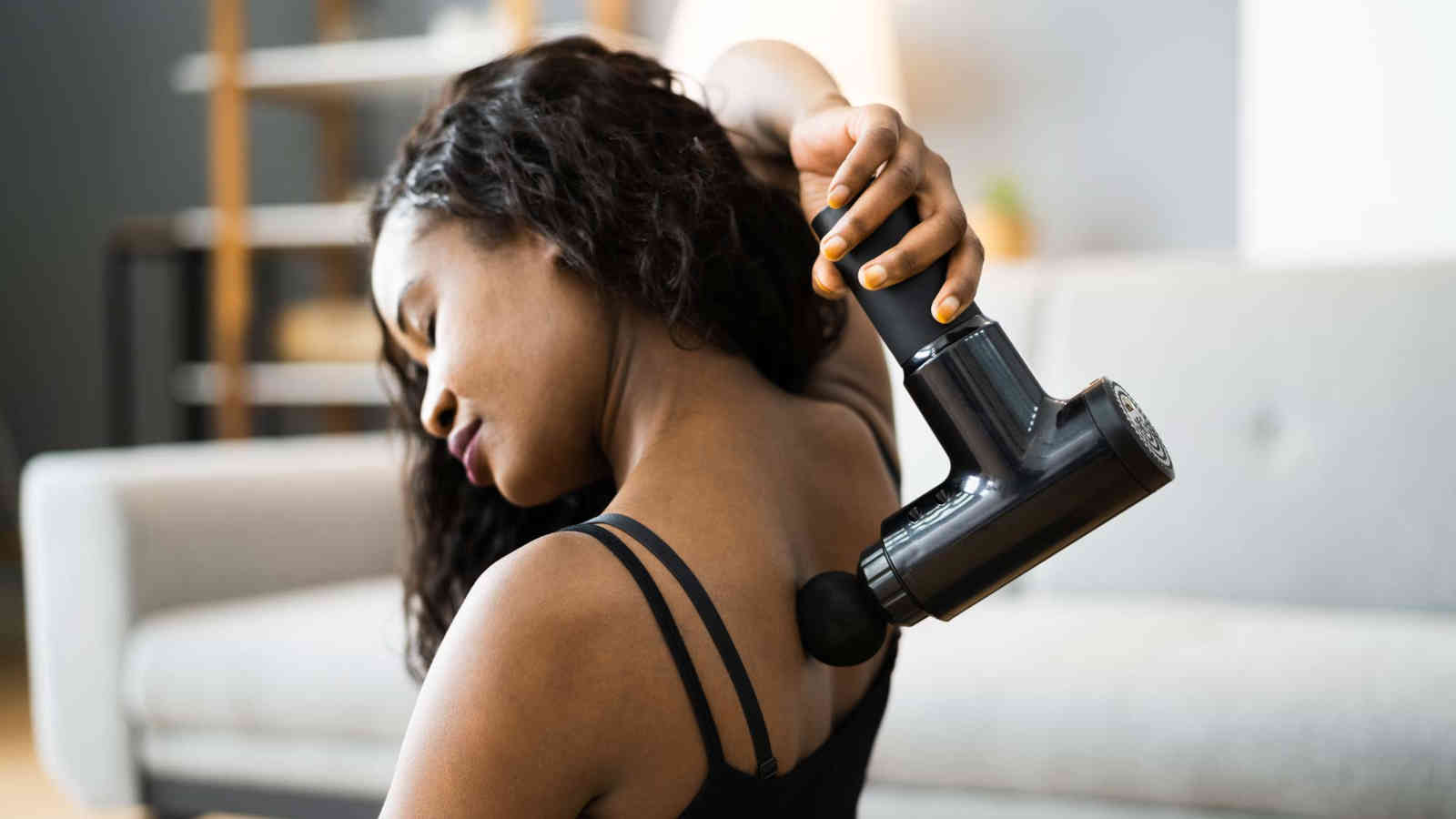
There are also devices that can do the job quite well like the massage gun. Massage guns are portable handheld devices that deliver deep and rapid percussive massages. This provides the benefits of a traditional deep tissue massage for a fraction of the time. Many top athletes have one nearby for this exact reason.
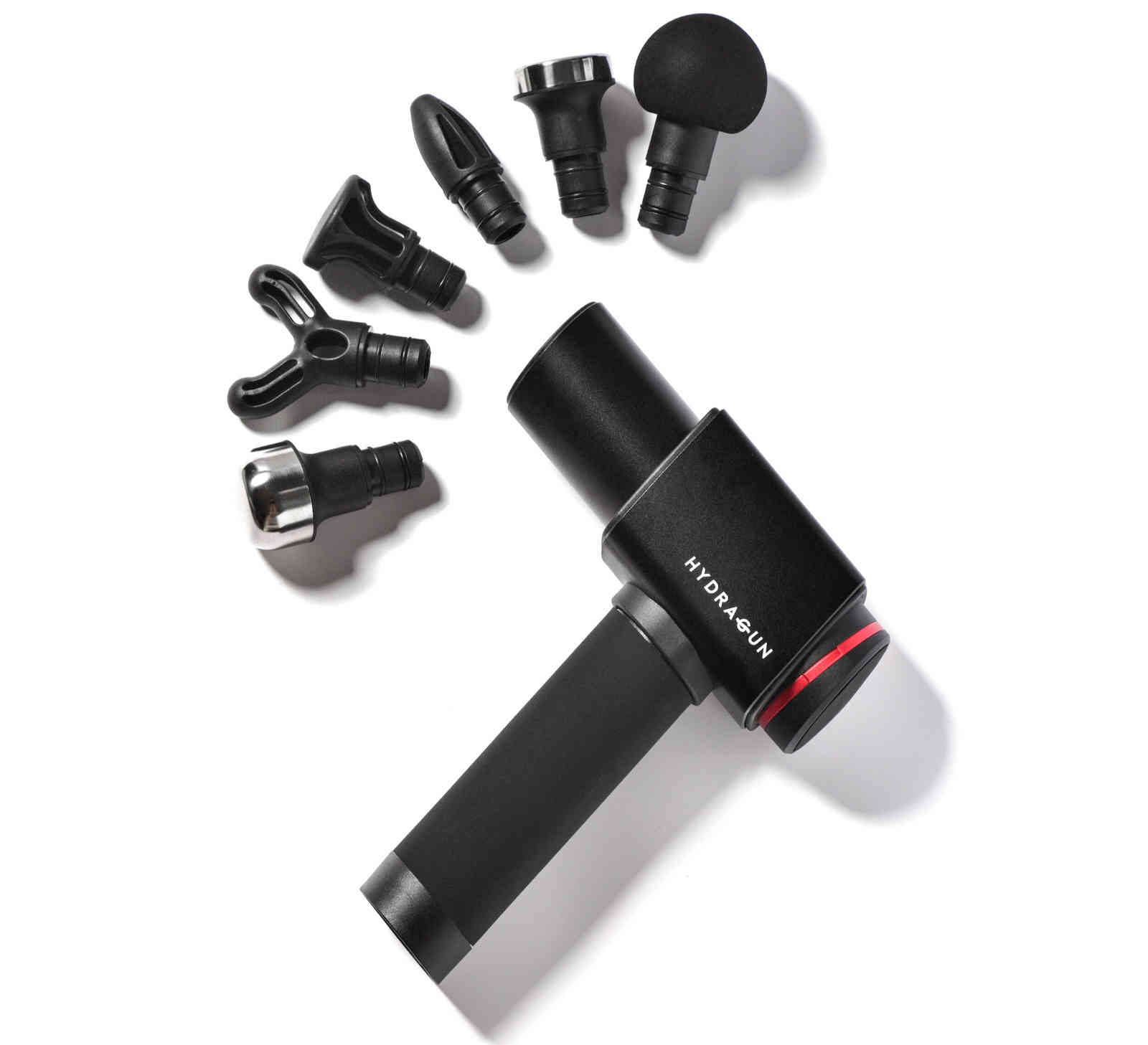
Photo by HYDRAGUN
Here’s a simple rundown on how to use a massage gun:
- Choose an attachment head that closely matches your target muscle group. Changing them out when switching to the next muscle group is quite common.
- Hover the massage gun across one muscle group for 30 to 120 seconds.
- Adjust speed and press it down deeper as needed.
- Repeat on other target muscle groups.
Hot Stone Massage
If you’re fond of hot compress as pain relief, it’s easy to see what makes this so satisfying. Hot stone massages incorporate heat into a massage. This added element amplifies the benefits of basic massage techniques.
It helps with circulatory problems and muscle soreness without stressing your muscles any further. This makes hot stone massage a great option if you want something particularly soothing and gentle. Here’s how a typical session goes:

- The massage begins with the participant laying flat on their stomach. The largest stones are placed along the length of the spine. At this stage, they can also be placed on the shoulder blades and buttocks.
- Similarly-sized stones can also be used to massage the hamstrings and calves, while a couple more rests on each sole. Smaller stones then fill the gaps between each toe.
- With the participant laying on their back, the next phase starts with a forehead massage. Smaller stones are then applied on the face, particularly on the forehead, both cheeks, and below the bottom lip.
- Just as with the hamstrings and calves, the therapist can also massage the arms and thighs with larger stones. Likewise, a few stones would also rest on the palms, chest, and belly.
- After removing all stones, the session ends with massages on the shoulders, neck, and scalp.
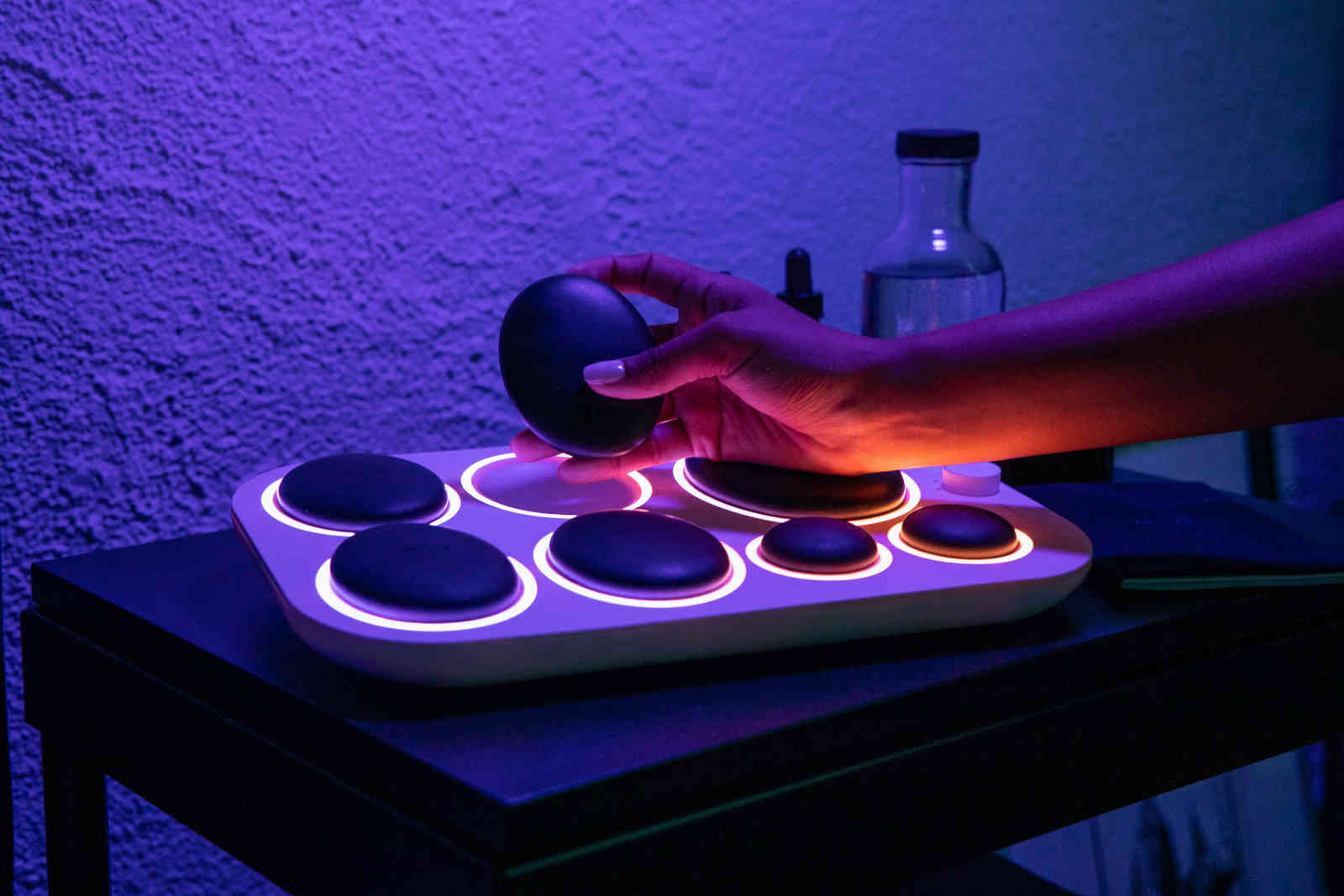
Another great thing about this is that you can actually do it at home. It follows a simple process using items that you can buy online or at a store near you. Here’s how you can prepare a DIY hot stone massage:
- Line the bottom of a large pot (about 6 liters in capacity) with a small towel and begin stacking the smooth basalt massage stones.
- Fill the pot with water and place it over your stove’s lowest setting for around 30 minutes. Turn off the heat when the water temperature reaches 43 to 54 °C (110 to 130 °F). Use a meat thermometer to check the temperature.
- Using a slotted spoon, ladle each stone into a bowl of cool water right before using.
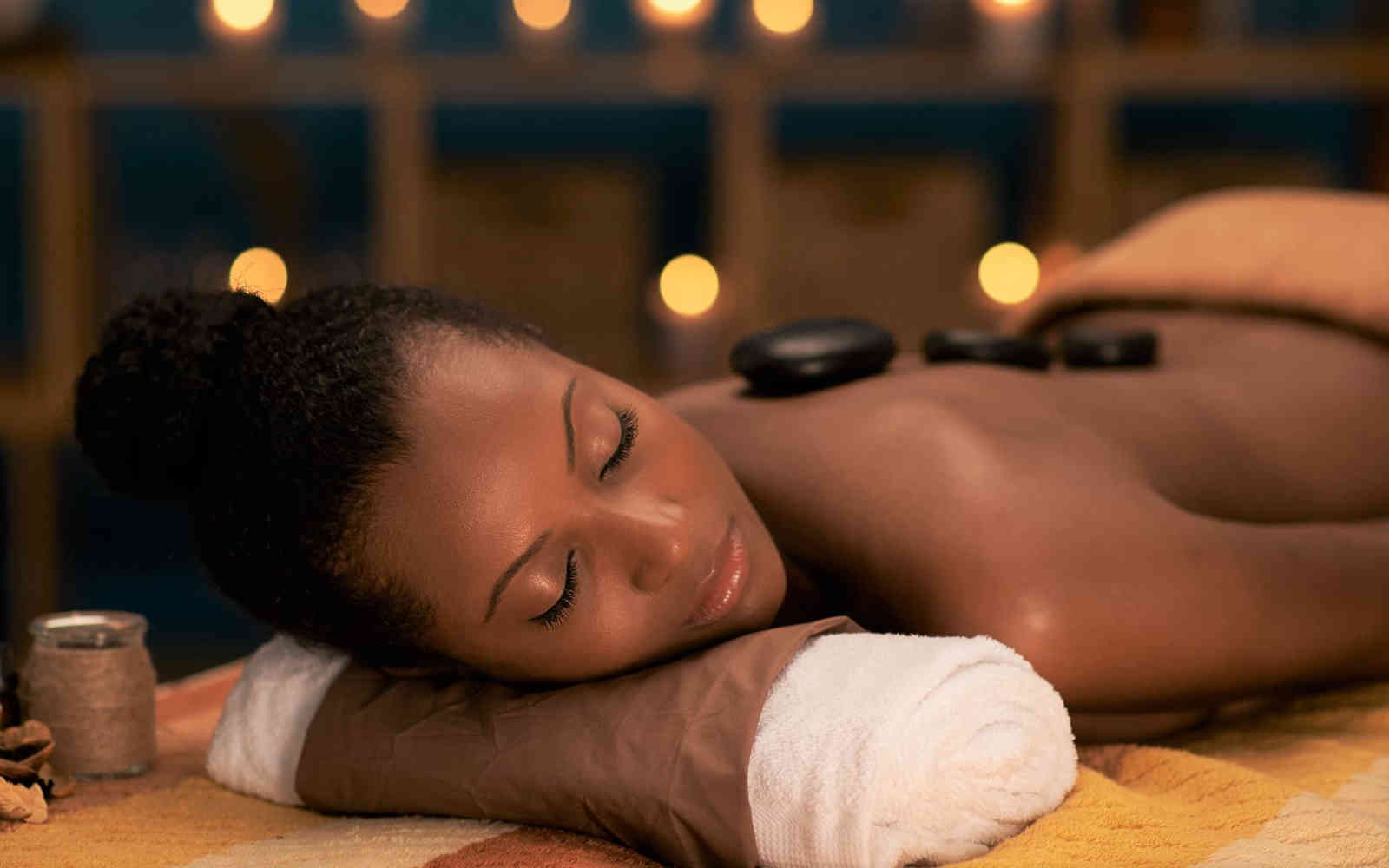
Accidental burns and irritation are always a risk when working with hot objects. But it’s fairly easy to conduct a safe hot stone massage with a little care. Closely monitor the water temperature and try handling a few stones yourself before applying them.
And to further ensure the participant’s comfort, always ask for feedback when applying fresh stones.




